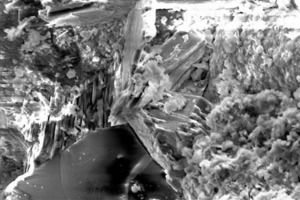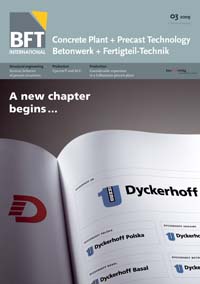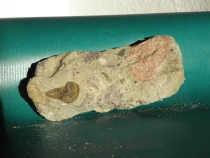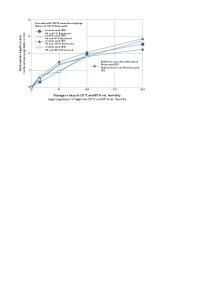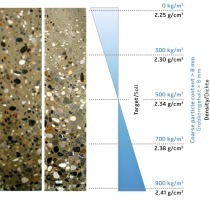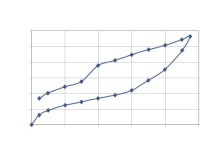On the compatibility of the initial constituents of concrete
Interactions between hardened cement paste, additions and aggregates are of critical importance for the strength and durability of concrete. The following article discusses the compatibility among the constituents of concrete by applying a simple chemical method.
This procedure is also known as Feldrappe’s method for excess solution [1]. The hydroxide ion concentration and/or the change induced by the reactions of the partners is determined as the characteristic value. It is shown that the consumption of hydroxide ions during hydration is a direct measure for characterizing high-strength concretes, for describing interactions between aggregates and hardened cement paste or, additionally, for weighing the ASR potential. The method described here, moreover, provides the basis for developing a test method that assesses the sensitivity of aggregates based...

